SS Richard Montgomery: the wreck of WWII ammunition ship
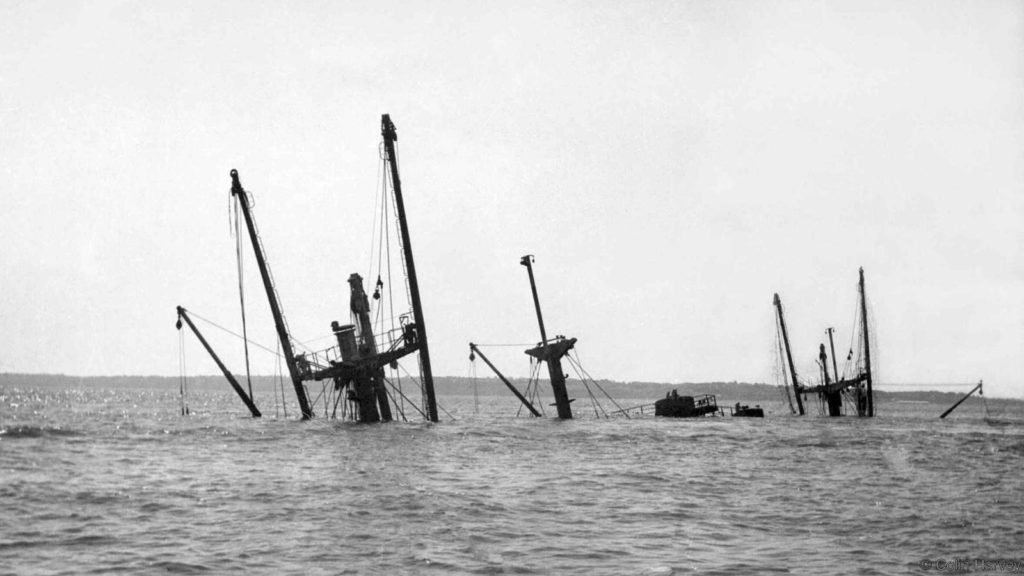
Background
The SS Richard Montgomery was a US Liberty Ship of 7,146 gross tons. She was built in 1943 by the St John’s River Shipbuilding Company of Jacksonville, Florida and was one of over 2,700 of these mass-produced vessels built to carry vital supplies for the war effort.
In August 1944 the ship was loaded with a cargo of some 7,000 tons of munitions and joined convoy HX-301 bound for the UK and then on to Cherbourg. On arrival in the Thames Estuary, the vessel was directed to anchor in the Great Nore anchorage off Sheerness. The ship was to await the formation of a convoy to continue the journey across the Channel.
However, on the 20 August 1944, she dragged her anchor in the shallow water and grounded on a sandbank, running east from the Isle of Grain approximately 250 metres north of the Medway Approach Channel.
The vessel grounded amidships on the crest of the sandbank. Intensive efforts began to unload her cargo. Unfortunately, by the next day, a crack appeared in the hull and the forward end began to flood. The salvage effort continued until the 25 September, by which time approximately half of the cargo had been successfully removed. The salvage effort had to be abandoned when the vessel finally flooded completely.
The wreck of the SS Richard Montgomery remains on the sandbank where she sank. The wreck lies across the tide close to the Medway Approach Channel and her masts are clearly visible above the water at all states of the tide. There are still approximately 1,400 tons of explosives contained within the forward holds.
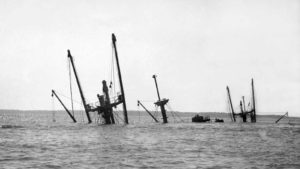
The wreck of the SS Richard Montgomery, pictured in 1966 (Credit: Colin Harvey)

The SS Montgomery today (Credit: Colin Harvey)
Protection
The wreck is designated under section 2 of the Protection of Wrecks Act 1973, which means that there is a no-entry exclusion zone around the wreck.
The wreck is clearly marked on the relevant Admiralty Charts. The exclusion zone is defined by the following co-ordinates:
51° 28’ 04” N 00° 47’ 12” E
51° 27’ 57” N 00° 47’ 22” E
51° 27’ 50” N 00° 47’ 11” E
51° 27’ 58” N 00° 47’ 01” E
Medway Ports is contracted by the Maritime and Coastguard Agency (MCA) to mark and guard the wreck. This includes the provision and maintenance of warning notices on the wreck, which are fastened to the masts.
Medway Ports is also contracted to provide and maintain a circle of buoys around the wreck to ensure that shipping avoids the area. The wreck is also under 24-hour radar surveillance by Medway Ports. Medway Ports, whose operations room is within sight of the wreck, provide a first line of response to any incursions within the area.
Surveys
The wreck of the SS Richard Montgomery has been subject to regular surveys since its grounding, with a variety of methods being used to monitor the site. Until 1984, surveys were carried out by Ministry of Defence (MoD) salvage divers. More recently, surveys have been undertaken on behalf of the MCA by contractors working under MoD supervision. Because of the extremely poor visibility on site, after the 1993 survey it was decided that full advantage should be made of advances in sonar technology in preference to the use of divers.
A series of sonar surveys were undertaken in order to form a baseline model of the changes to the wreck and the seabed. This survey policy was followed until 2000, and provided images and information on the condition of the wreck and its environment. Divers were again employed on site during the 2003 survey to undertake ultrasonic hull thickness analysis, and to provide an up-to-date assessment of the level of seabed support of the wreck and of the main crack at No 2 hold. This hull thickness work was repeated in 2013. High-resolution multi-beam sonar surveys of the wreck have been undertaken on a regular basis since 2002.

Multi-beam sonar image of the wreck, 2012
Management
While the risk of a major explosion is believed to be remote, it is considered prudent to monitor the condition of the wreck. Surveys are carried out by the MCA on a regular basis to ensure that any changes to the wreck, or its immediate environment, are discovered quickly. It is clear from the results of these surveys that the hull is subject to the prevailing environmental conditions and is showing evidence of gradual deterioration, however, the wreck is considered to be in a stable condition. Some remedial work to trim the rigging and such from the masts (above the water line) was undertaken in October 1999, with the aim of reducing stress levels.

The town of Sheerness, situated nearby. (Credit: APS (UK)/Alamy Stock Photo)
Story by Maritime & Coastguard Agency


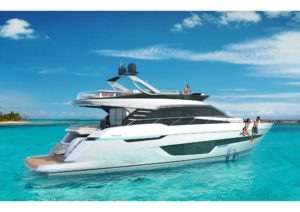
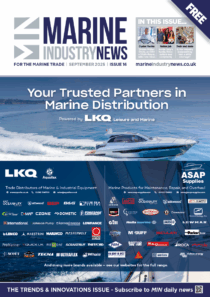
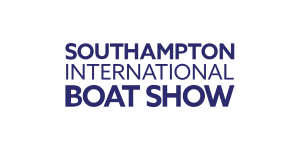





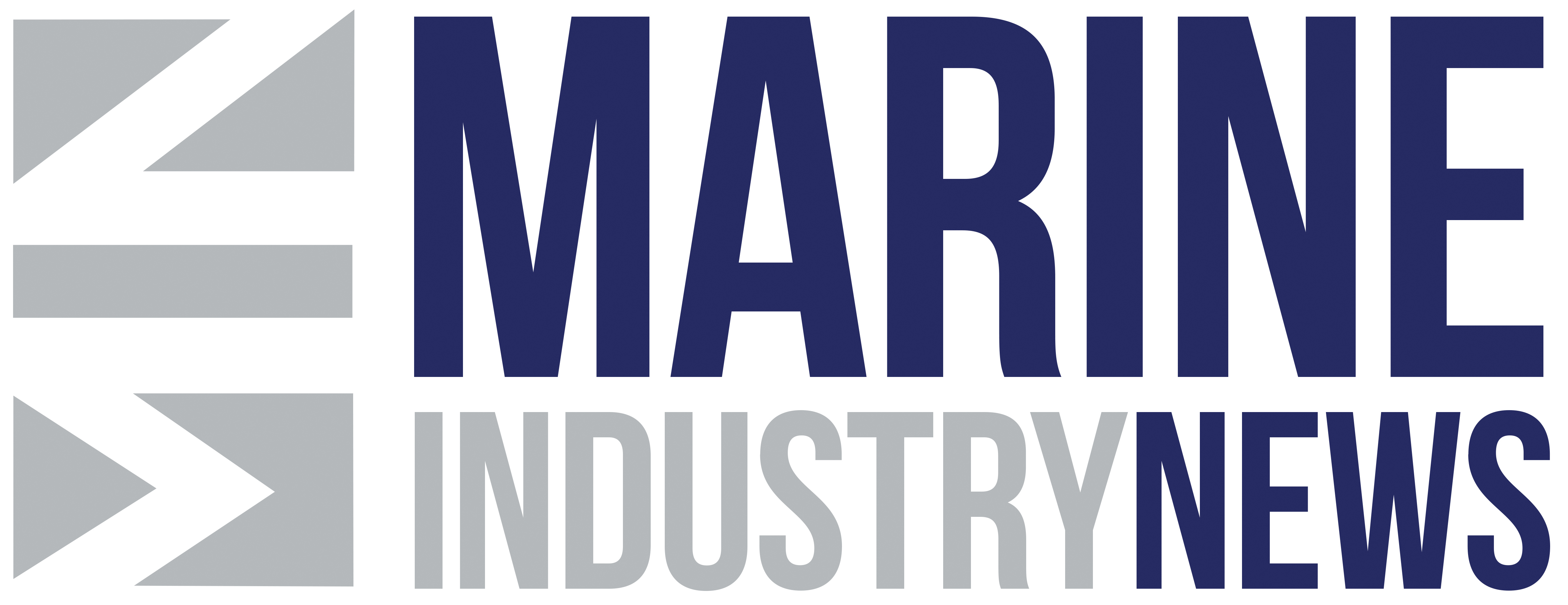
always thought it would be better to not keep bringing this to the public’s, and potentially a terrorist groups, attention, only needs a terrorist group to have a go at, and manage to trigger the cargo…
Interesting update. What is not mentioned here is the radius of damage this war wreck would do should it explode.
According to one programme in the BBC series ‘Coast’ the shell casings are deteriorating, but the detonators are stored in a separate hold within the ship. Should she blow up the damage would extend right across the Medway Town.
The article here says ‘Some remedial work to trim the rigging and such from the masts (above the water line) was undertaken in October 1999, with the aim of reducing stress levels’
Is that stress levels to the ship or Meday population?
Medway Ports are now controlled from Liverpool so the information about the wreck being visible from the control room is several years out of date. As is the rest of the article for which no recent research appears to have been done.